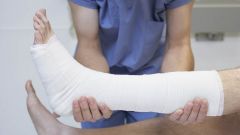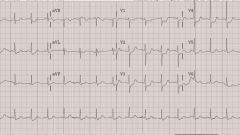Instruction
1
The causes of growths can be trauma, improper knitting of fractures, injuries, infringement of hernia. Often the exostosis is diagnosed in the later stages of syphilis or there is hereditary predisposition. If the nerve endings are infringed or there is a rapid growth of formations, a patient may feel pain.
2
Diagnosis of exostosis is visual inspection, which is not always allows to make an accurate diagnosis. The final diagnosis is made by the surgeon based on the results of radiographic studies. In the picture the growths always seem smaller than it actually is, which is also taken into account when developing treatment strategies.
3
If pain is absent and nearby tissue, nerves and bones are not affected, as treatment methods choose multiple repeat tests.
4
For large growths, with the presence of infringement of the nerve surgical treatment. This is the only possible method, which allows to get rid of the lump or multiple growths. Other treatment is ineffective and not producing results.
5
Before the operation, carried out a General diagnosis of the health. If growths grow intensively and are multiple, the doctor prescribes a histological study of tissue tumors.
6
In children, the disease can not be diagnosed before 7 years of age. The growth of bone and cartilage of the exostosis may disappear completely. Therefore, surgery to remove growths under 18 years are not held or appointed in exceptional cases, if there is a forced growth of tumors or the child suffers from strong pain.
7
The most complex complications of exostosis is bone remodeling and fractures of legs education. In rare cases, education develop into a malignant tumor, which requires emergency surgical intervention.
8
Surgery to remove tumors is performed under General or local anesthesia. The surgeon makes an incision and stavljaet growths with a gouge, after which smoothes the bone. The rehabilitation period runs for 10-14 days.




